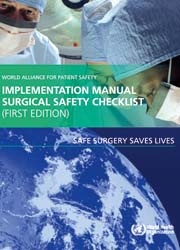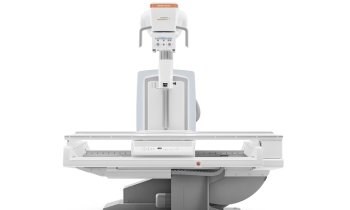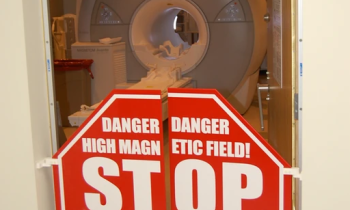Be prepared
The WHO Surgical Safety Checklist
Complications during interventions can be cut by one third
Following the launch of the Action Alliance on Patient Safety (High 5s) initiative, launched in 2006 by the World Health Organisation (WHO) Collaborating Centre on Patient Safety (Solutions), the World Alliance for Patient Safety and the Commonwealth Fund, in June 2008 the WHO introduced a Surgical Safety Checklist, as part of the Safe Surgery Saves Lives Campaign. Over 300 organisations, worldwide, have already endorsed the WHO campaign.

During a collaborative project involving seven countries (Australia, Canada, New Zealand, United Kingdom, USA, Germany and the Netherlands) the Checklist’s five standardised patient safety solutions to prevent avoidable catastrophic events in hospitals was tested. The participants established that implementation by surgeons of the 19 point Surgical Safety Checklist reduced complications during interventions by one third.
Similar to preparation prior to the take-off of an aircraft, a three-part point-by-point check – before the administration of anaesthetic, before the first incision, and before the patient leaves the operating theatre – is carried out, to safeguard against anything that may put the patient at risk.
Among the organisations that took part in the Checklist tests was the German Society for Surgery (DGCH), which has translated the checklist from English for its introduction in the country’s hospitals. ‘The DGCH drew attention to this checklist at an early stage and has advised its members to use the WHO checklist routinely in their daily clinical work once it has been adapted to the respective local conditions,’ said Professor Hartwig Bauer MD, Secretary General of the DGCH in Berlin.
More info on the topic can be found at: Pacific Medical Training: Right Patient, Right Site, Right Procedure Surgery
01.05.2009






